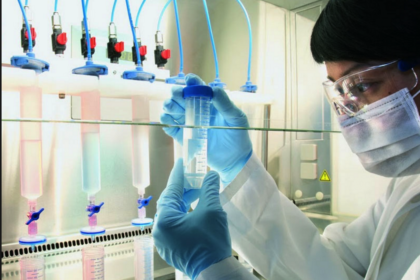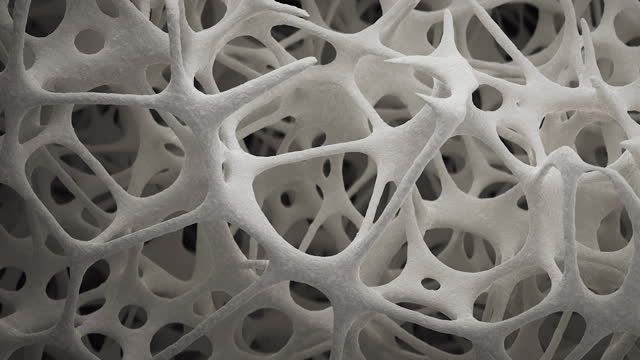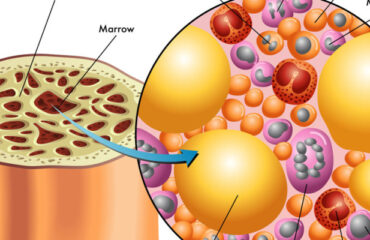
British researchers at the University of Birmingham conducted a study that could alter the field of regenerative medicine. They developed a way to regenerate human bone and tissue using nano-scale structures, helping the body more efficiently replace lost tissue. Although it will be many years before the technology is approved for public use, the implications of this research can significantly alter the use of stem cell therapy.
Advancements in Stem Cell Therapy
Global Stem Cells Group offers not only equipment and kits for point-of-care stem cell applications, but also through Stem Cells Training Inc, we provide physicians with hands-on stem cell training. This training is designed for those who want to get involved in this exciting field of medicine. Degenerative conditions could be better treated through the use of stem cell technology. To better understand what this technology entails, we will use osteoarthritis as a prime example.
Understanding Osteoarthritis and Stem Cell Therapy
In case you were unaware, osteoarthritis is a condition where the tissue between the joints starts to degrade, preventing the free movement of the joints. This can cause severe pain in sufferers of the condition. To help relieve the pain, the doctors attending our courses are taught to use the equipment for PRP and adipose-derived stem cells isolation and processing. The use of this technology can help reverse some of the effects, lower pain, and allow for more movement.

What Was Discovered in the Study
It was discovered by the researchers that these nano-structures could be produced naturally through the stimulation of human cells. These structures are known as vesicles, small extracellular structures that can have a multitude of functions, such as helping cells create certain substances.
Researchers concluded that “purifying” these vesicles could produce a substance highly beneficial in regenerative medicine. This could be used to create new growth tissue. The efforts were focused on making a tissue that can be used in more than one patient, as opposed to the more autologous method that current doctors are trained in.
Autologous vs. Allogeneic Treatments
Autologous treatment involves taking stem cells from the patient being treated and injecting them into the treatment area. This method lowers rejection rates, but each treatment requires new stem cells. The researchers at the University of Birmingham are exploring a new approach.
They aim to create a treatment that any patient can use. They believe that vesicles are important in this process and have shown that vesicles can be used to regenerate tissue regardless of the initial owner of the cells. This means that a single sample could potentially be used to treat multiple people.
Why This Matters
Regardless of the criticisms of stem cell research, ongoing research allows us to further train our doctors. This excites us as we strive to teach the best and most effective methods for our patients. This research helps us treat countless patients and makes significant strides in medical research, helping people worldwide seek treatment for various ailments.
Regenerative medicine has great potential. It can alter the landscape of modern healthcare, shifting it away from an era reliant on surgery and medications to treat every ailment. Regenerative medicine offers a promising alternative that will help treat and potentially cure diseases, rather than just managing symptoms.
Future Implications
Hopefully, this research will prove effective and be applicable to a wide range of diseases, potentially eliminating the need for various surgeries. This could also reduce the number of pharmaceuticals on the market. Over time, this treatment may help us create whole tissue in the lab.




